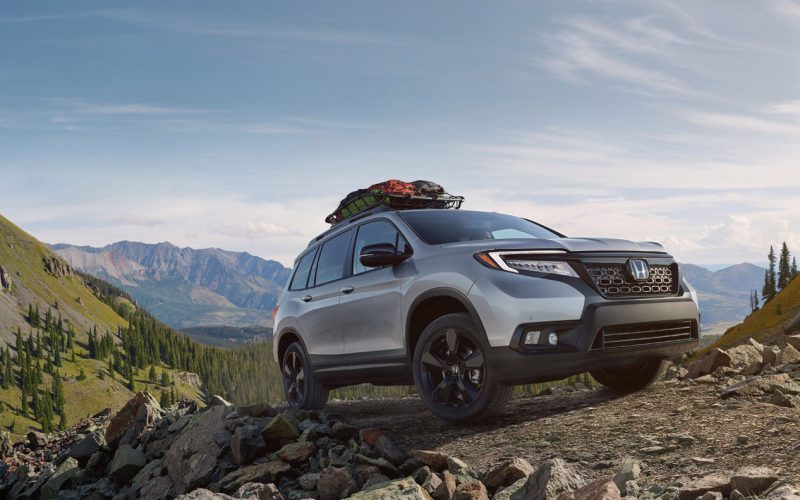
Reading Time: 12 minutesNone of us should be surprised when an automaker launches a new sport utility vehicle these
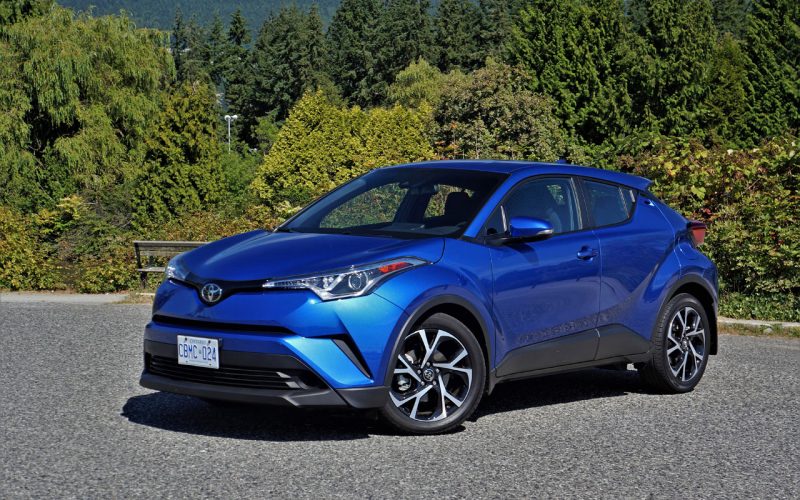
Reading Time: 14 minutesEver feel like you’re in a fishbowl? Drive a new Toyota C-HR in Radiant Green Mica
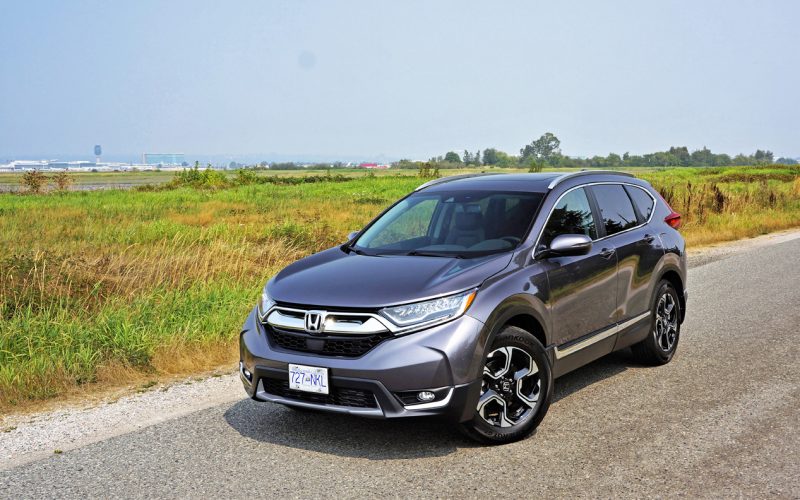
Reading Time: 9 minutesThe CR-V is the best SUV in its compact class. Yes, I know I’m going out
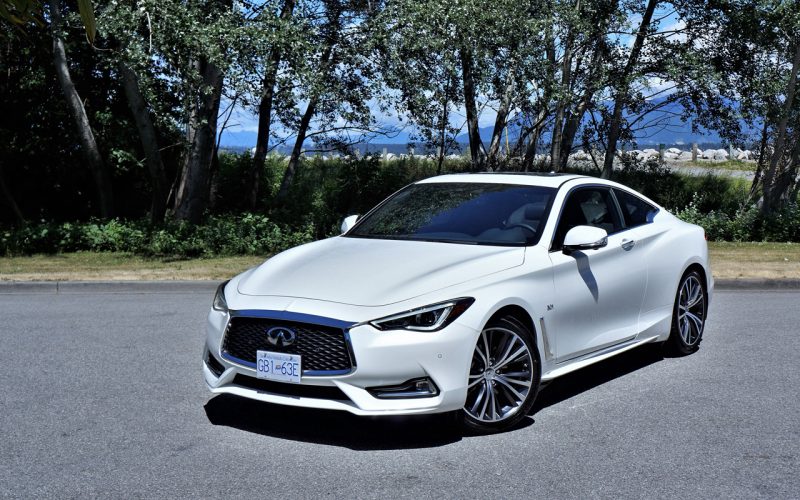
Reading Time: 14 minutesTwilight was causing headlamps and taillights to illuminate as I was driving home the other day,
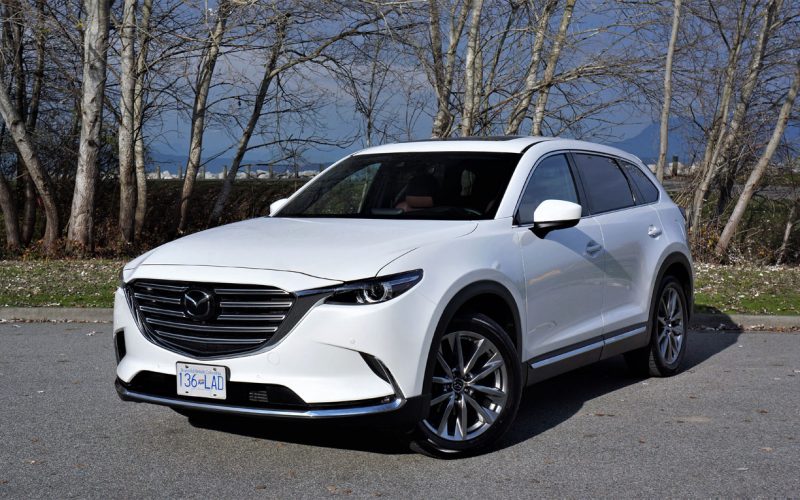
Reading Time: 6 minutesMazda is in a unique branding position, in that it’s wholly independent and therefore able to
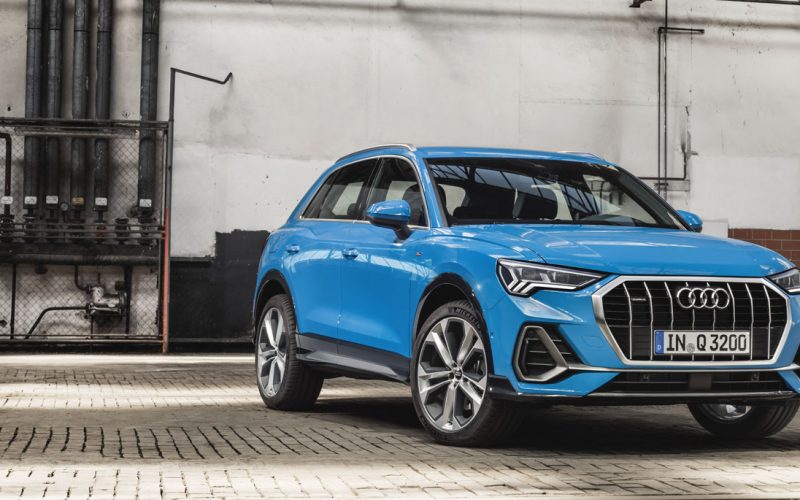
Reading Time: 11 minutesWhen Audi’s Q3 showed up on the Canadian subcompact luxury SUV scene in 2014 for the
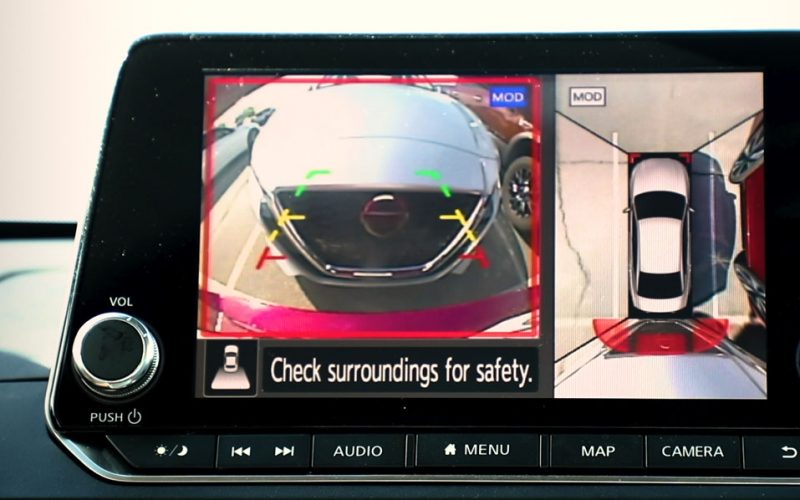
Reading Time: 3 minutesNot long ago the only way you could’ve purchased advanced driver assist systems would have been
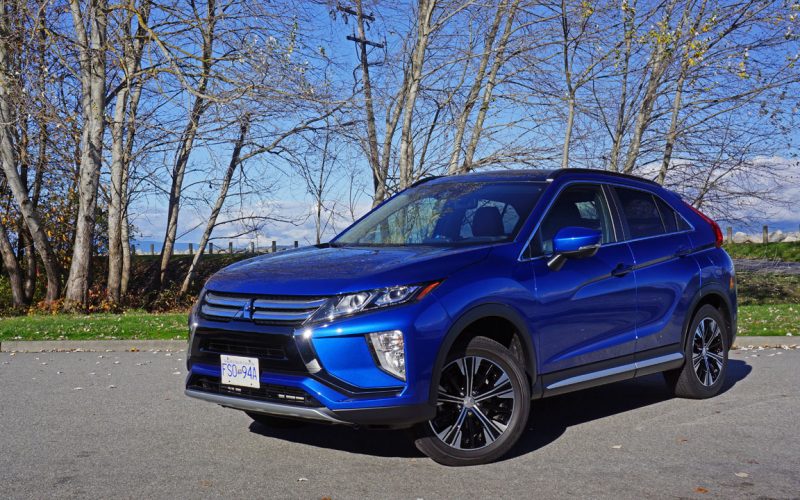
Reading Time: 7 minutesRemember the Eclipse? It was a 2+2 sports coupe along the lines of the Honda Prelude,
© 2025 The Car Magazine. All Rights Reserved, Privacy Policy | Terms of Use